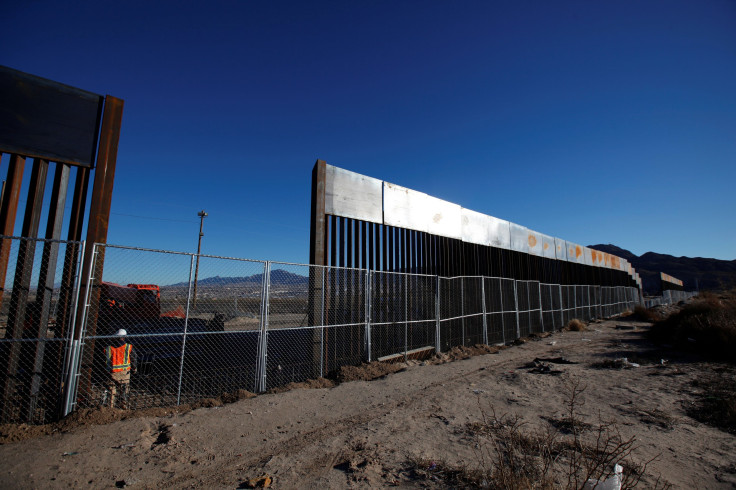Donald Trump Border Wall 2017: Who Will Pay For It, What Will It Look Like And How Much Will It Cost

Mexican President Enrique Pena Nieto canceled Thursday a scheduled meeting with President Donald Trump after the U.S. leader suggested they delay the highly-anticipated summit if Nieto refused to accept his call for Mexico to pay for a massive border wall project.
Trump tweeted the message Thursday, reinforcing his position that Mexico must pay for a proposed wall to be constructed at the U.S.-Mexico border to stem the flow of illegal immigration. Trump signed Wednesday an executive order calling for the wall, the first official step toward building the controversial barrier that was a rallying cry for his presidential campaign last year and remains popular among his supporters. Critics, however, say the wall would be costly, unnecessary and damaging to relations with the U.S.' southern neighbor.
Trump has estimated his "impenetrable, physical, tall, powerful, beautiful, southern border wall" will cost around $10 billion, based on figures provided by the National Precast Concrete Association. Some experts, however, have placed the cost as high as $25 billion, according to a report from Bernstein research, or even $40 billion. The difficult terrain and remote location of much of the 2,000-mile border would make certain stretches significantly more complicated and expensive to build. Trump has said the wall will cover about 1,000 miles, with land virtually impossible to navigate covering the rest, but the precise areas where the wall begins and ends were still unclear.
Other schematics were also apparently still in the works. Trump has gone back and forth on whether the barrier would be a "wall" or a "fence" in certain areas. Currently, there is about 650 miles of barrier about 18-feet-high along the border, but this barricade alone is not much of an obstacle for people attempting to pass into the U.S. Trump has said his wall will be as high as 30 to 55 feet and made of full concrete, dwarfing the world's most famous barriers. For comparison, the highest point of the Great Wall of China is 46 feet, with an average height of about 25 feet. The highest points of the West Bank Barrier between Israel and Palestine is also about 26 feet, while the Berlin Wall was only about 11 feet high.
Critics have complained that the massive wall is not the best answer to the nation's border problem. Texas Republican Rep. William Hurd has called Trump's idea "the most expensive and least effective way to secure the border," while anti-immigration militia Arizona Border Recon founder Tim Foley told International Business Times that his armed patrols were a more practical solution. Laredo Mayor Pete Saenz pointed to the "negative psychological impact" of the wall, which he called "offensive," according to CBS News.
As for who will pay for the wall, both sides have maintained their positions. Trump has said that U.S. taxpayers would likely be hit with the initial bill, but it would "100 percent, absolutely" be paid back by Mexico. Trump would likely make Mexico pay by taxing remittances sent by Mexicans residing in the U.S. to their families at home, adjusting border taxes, increasing tariffs and/or raising fees for those seeking travel visas and crossing the border.
Nieto, who has previously cooperated with his counterpart in Washington, has faced pressure at home to take a harder stance against Trump's plan. His cancellation signals a significant low-point in relations between the traditional allies.
© Copyright IBTimes 2024. All rights reserved.






















